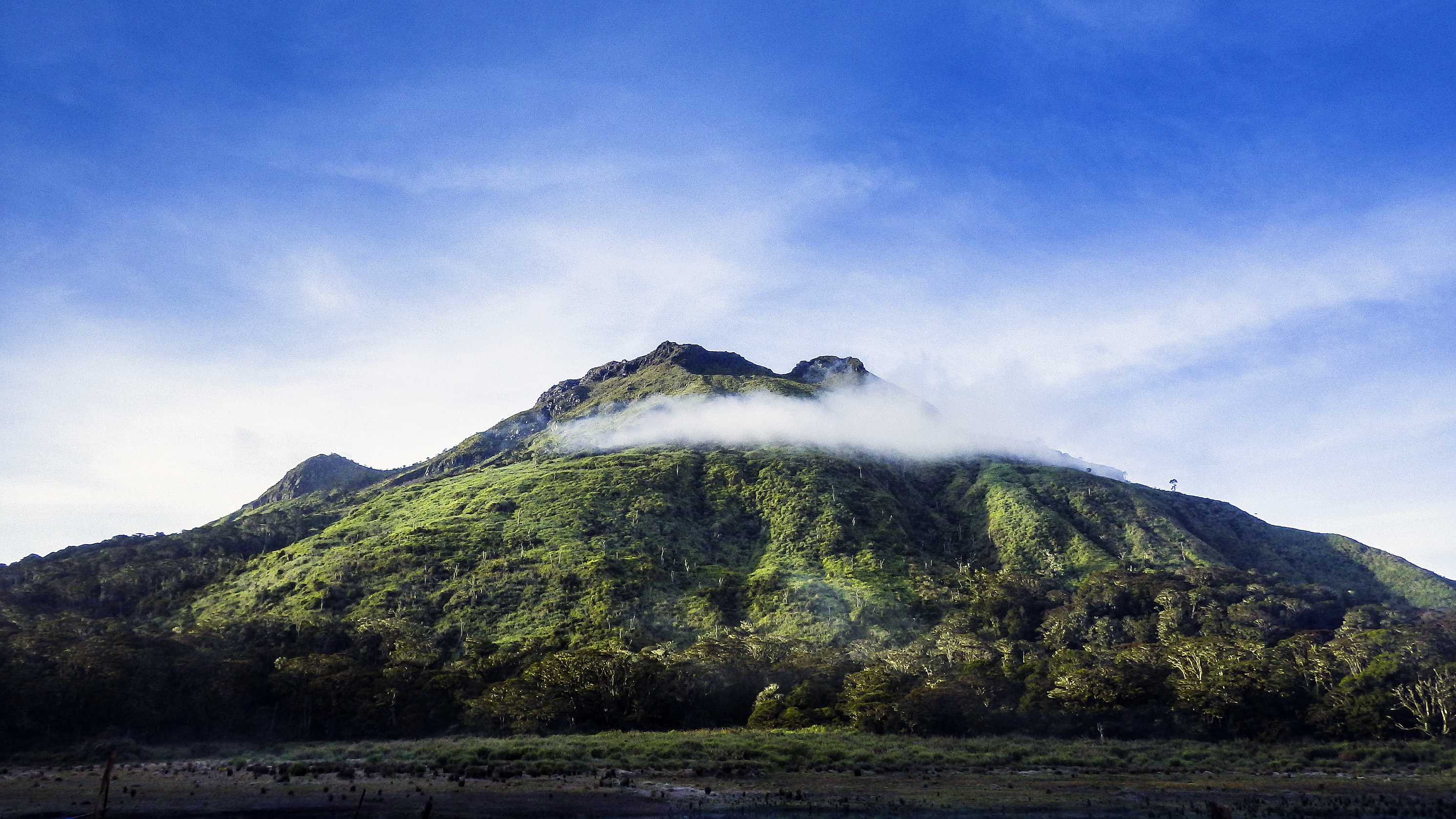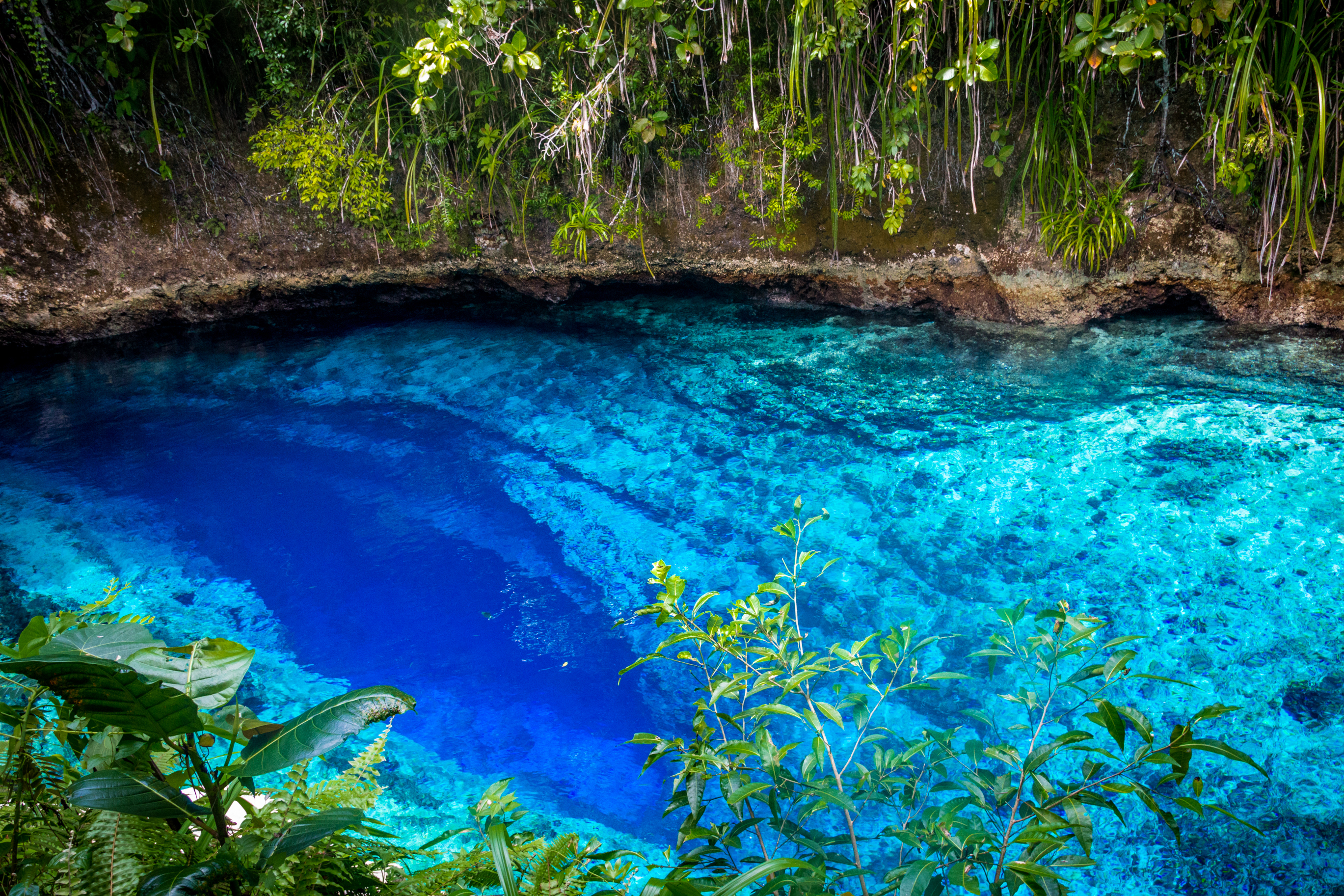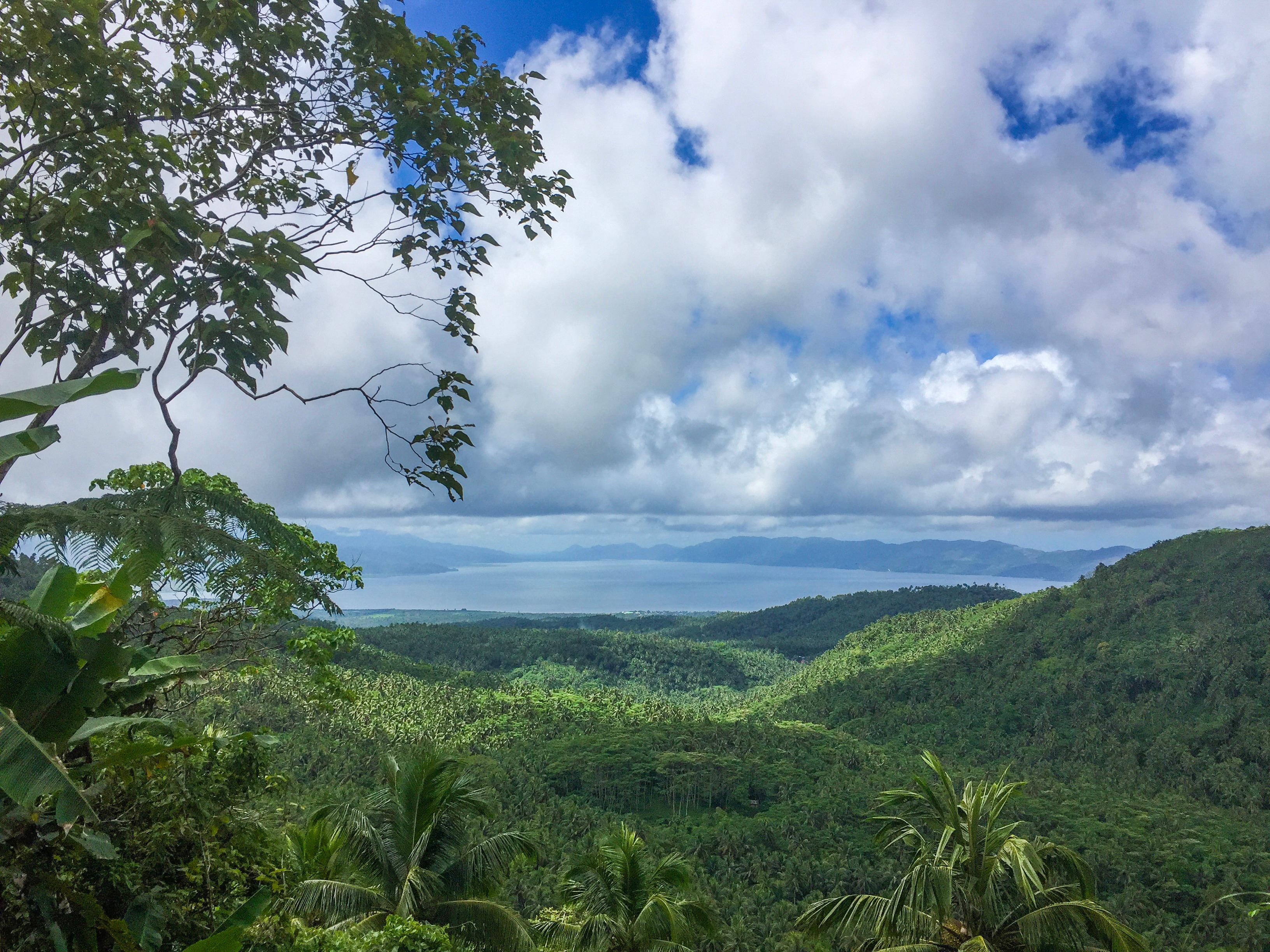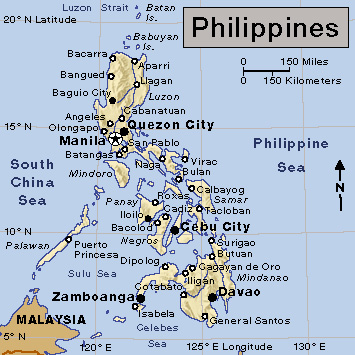Mindanao is one of the largest islands of the Philippines. It lies at the southeastern end of the Philippine Islands and has an area of 36,537 square miles (94,630 square kilometers). The island has the highest mountains in the Philippines, including Mount Apo and Mount Ragang. Mount Apo, the highest peak in the Philippines, rises 9,692 feet (2,954 meters) above sea level. Mount Ragang rises 9,236 feet (2,815 meters). Many of the mountains on Mindanao are active volcanoes.

The people of Mindanao include most of the Muslim population of the Philippines. The island consists of six administrative regions: (1) Caraga, in the northeast; (2) the Davao Region, in the southeast; (3) Northern Mindanao, in the north-central part of the island; (4) Soccsksargen, in the west-central part of the island; (5) the Zamboanga Peninsula, in the west; and (6) the Bangsamoro Autonomous Region in Muslim Mindanao (BARMM), which includes part of western Mindanao, Basilan Island, and parts of the Sulu archipelago.

The fertile Agusan Valley lies in northern Mindanao. Agriculture, forestry, and fishing are the main economic activities in this area. Mining is also important, and the province of Surigao del Norte has rich deposits of iron and nickel.

Southern Mindanao has people from many parts of the world. After World War II ended in 1945, many people moved south to this area from the islands of Luzon and the Visayas . The city of Davao developed rapidly and became the commercial and trading center of the area. The main products of southern Mindanao include abaca (a plant used to make Manila hemp), corn, fish, fruit, livestock, rice, and timber.
Central Mindanao is known for Lake Lanao. The Agus River drains the lake and flows north into Iligan Bay. As it passes over a steep precipice, it forms the Maria Cristina Falls. The Agus River is the most important source of hydroelectric power in the country. The principal crops of central Mindanao include abaca, cacao, coffee, corn, fruit, rice, and timber.

Western Mindanao includes the Sulu archipelago. These islands consist of volcanic cones fringed by limestone reefs. Most of the inhabitants work in forestry, fishing, mining, or farming.
